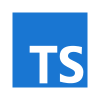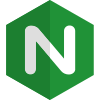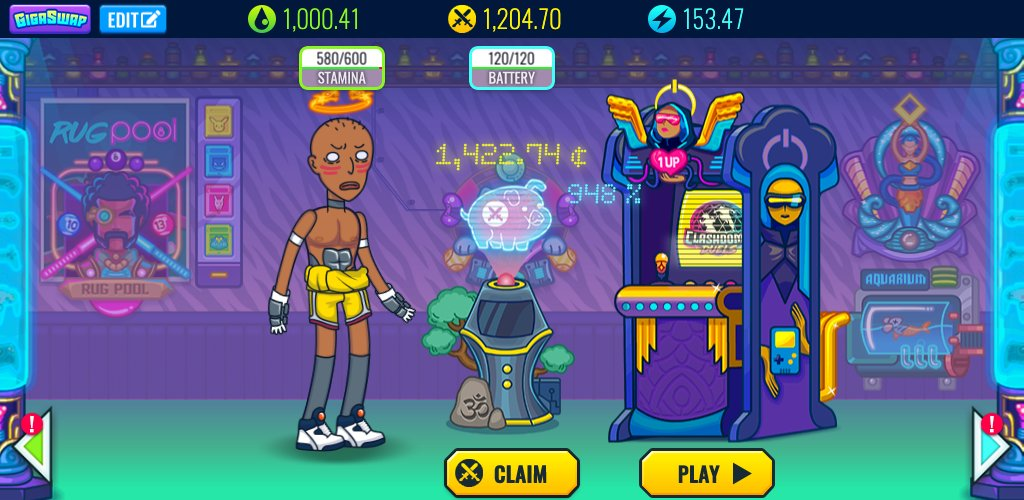Project Vision
ClashDome reimagines NFT gaming by combining the instant accessibility of classic web arcades with meaningful blockchain integration. Unlike most play-to-earn platforms that prioritize speculation over gameplay, we built a portal where:
- Casual gamers enjoy familiar match-3 and tower defense mechanics
- Blockchain newcomers gradually discover Web3 features through natural progression
- Competitive players engage in skill-based tournaments with transparent rewards
Key Innovations
Dual-Layer Game Design
Instant Play Surface
- Anonymous gameplay within seconds (no wallet required)
- React-powered performance optimized for low-end devices
- Progressive Web3 exposure through optional features
Metagame Depth
- Citizen NFTs serve as customizable digital apartments
- Mining Hub transforms casual wins into long-term progression
- Weekly leaderboards with Algorand-powered payouts
Technical Highlights
Frontend Architecture
- Modern React functional components with hooks
- Redux Toolkit for cross-game state synchronization
- Dynamic asset loading for seamless gameplay transitions
Blockchain Integration
- UAL authentication supporting multiple wallet providers
- Smart contracts handling tournament payouts
- Token escrow system for secure reward distribution
Development Philosophy
With 10+ years experience building for Miniclip and Google, our team implemented crucial lessons:
- Fun First - Blockchain elements enhance rather than dictate gameplay
- Gradual Complexity - Players discover NFT features organically
- Sustainable Rewards - Earnings reflect skill, not just time investment
Impact & Results
- 85% player retention rate (3x industry NFT game average)
- 40% of users voluntarily connect wallets after initial play sessions
- Successfully migrated legacy class components to modern React hooks
- Implemented Redux store handling 50+ concurrent game states
Portfolio Context
As Frontend Lead, I crafted:
- Conversion from class-based to functional React components
- UAL authentication system integration
- Performance optimization for emerging markets
- State management architecture supporting multiple concurrent games





















